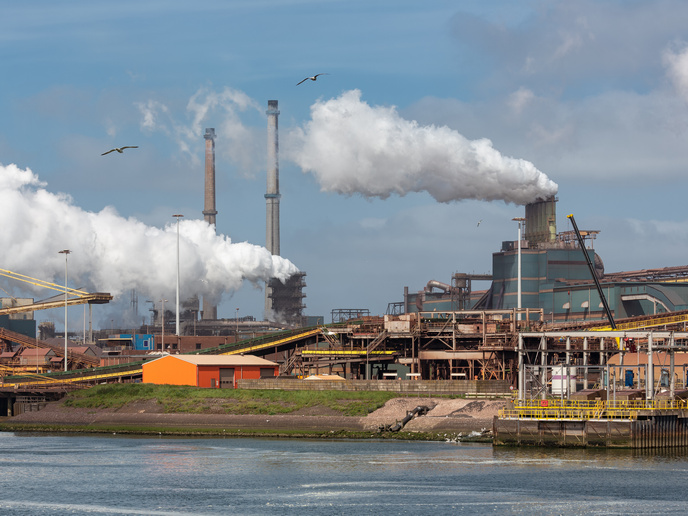Nano-scale channels guide catalytic reactions
Catalysis in which a compound (catalyst) increases the rate of a chemical reaction without being modified itself is at the heart of innumerable industrially relevant chemical production processes. EU-funded scientists have developed a pioneering new nanoreactor and process chain to speed throughput, lower costs and enhance safety through the project INCAS (Integration of nanoreactor and multisite catalysis for a sustainable chemical production). The concept goes beyond state-of-the-art microreactors that employ microchannels to confine chemical reactions and enhance speed, yield and safety. It exploits nano-size channels and an ordered sequence of catalytic sites along the axial direction of those channels in a membrane, providing a vectorial pathway for multisite catalytic reactions. The novel design enables a 10-fold increase in process intensification relative to conventional microreactors and a 100 to 1 000-fold increase relative to conventional reactors. The process leads to a 25 to 30 % increase in energy efficiency and thus a significant decrease in cost. In addition, toxic reactants produced as a result of transformations are immediately converted into harmless entities to completely eliminate storage. Focus was placed on a safer route to produce diphenylcarbonate (DPC) and on the direct synthesis of hydrogen peroxide (H2O2) and its in situ use in propene oxide synthesis. Both reactions are of great industrial importance. Outcomes verified the applicability and suitability of new catalytic technology for these target applications and their ability to improve process intensification, sustainability and safety. While the process for the H2O2 reaction requires further development and optimisation, all objectives were met with regard to DPC production. The team delivered a new type of scaled reactor with an intrinsically safer design, novel more active and stable catalysts, and innovative catalytic nanomembranes. The materials and new process configurations resulted in two patents. INCAS has provided important new tools for process intensification and enhanced selectivity through the use of an advanced, multisite catalysis design concept. In addition, the methodologies facilitate safer and more energy-efficient production routes. Higher-yield, cleaner and more resource-efficient synthesis of large volumes of chemicals will be a benefit not only to the process routes highlighted but also to applications including fine chemical production and environmental clean-up or remediation.







